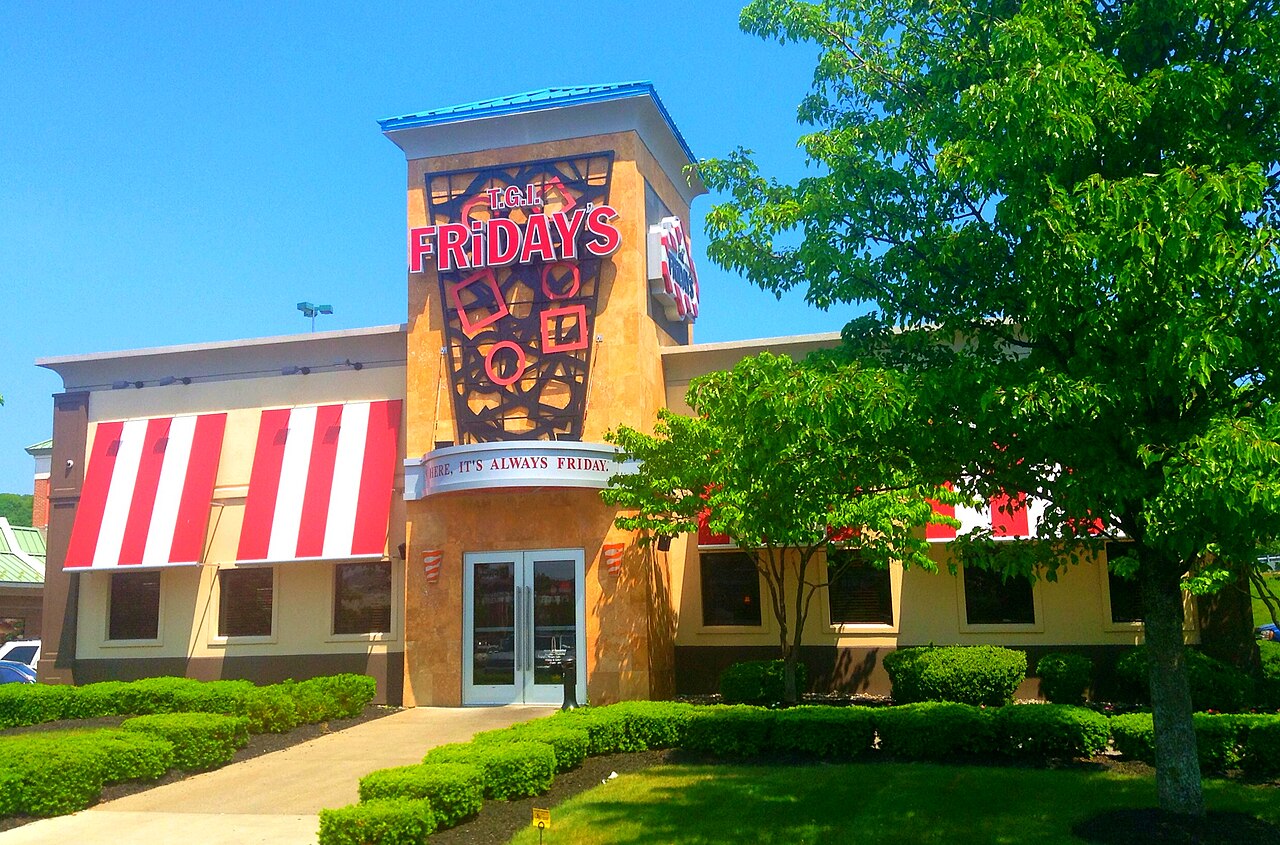TGI Fridays, once a pioneer in casual American dining, is reportedly on the verge of filing for Chapter 11 bankruptcy, according to multiple sources. Known for its red-and-white striped awnings and lively bar atmosphere, the restaurant chain has been a fixture of American dining since its founding in 1965. While the company has not made an official announcement, reports suggest TGI Fridays is struggling with heavy debt, failed turnaround efforts, and increasing competition, which have left its future uncertain.

With over 600 locations worldwide, including 233 in the United States, TGI Fridays’ reported financial troubles highlight broader economic challenges faced by businesses that rely heavily on middle-class consumers. The potential bankruptcy reflects how even long-standing brands are not immune to rising inflation, a shrinking middle class, and the growing divide between the wealthy and everyone else.

TGI Fridays began in 1965 when Alan Stillman opened the first location in Manhattan, creating a unique space where young singles could socialize in a casual yet upscale environment. The concept quickly became popular, and the chain expanded, becoming a symbol of the “singles bar” culture of the time. In the 1970s and 1980s, TGI Fridays grew into a family-friendly restaurant with suburban locations catering to a broader customer base, including families and groups of friends.
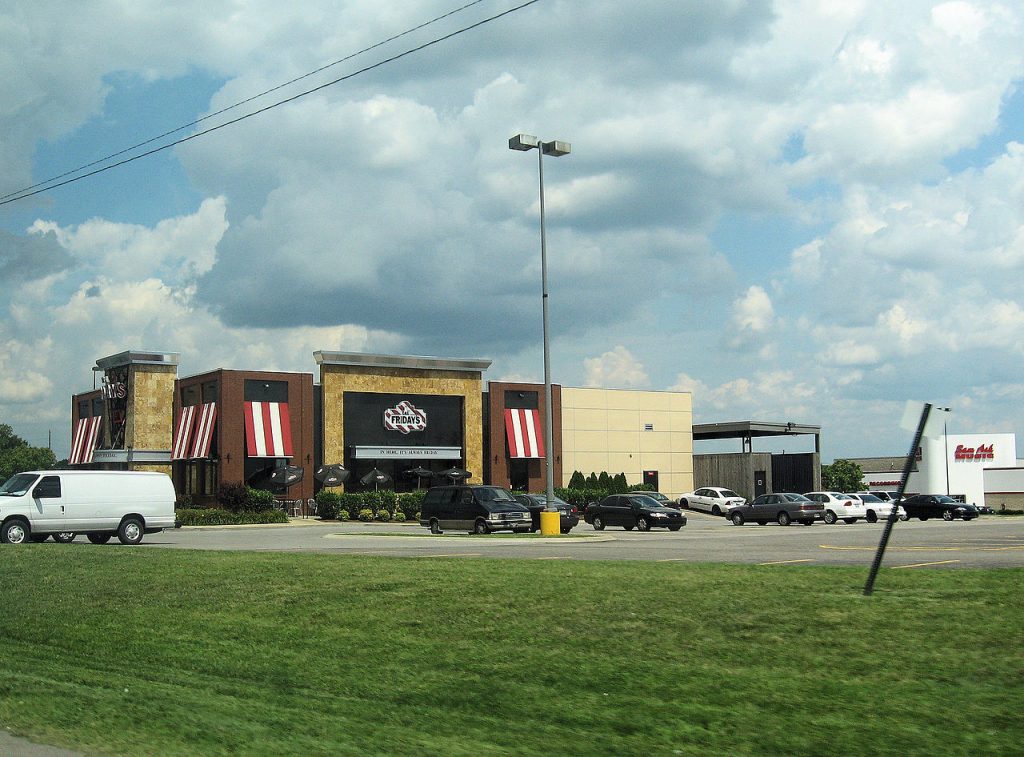
However, the dining landscape has shifted, and TGI Fridays has struggled to maintain its relevance amid increased competition and changing consumer preferences. Despite efforts to modernize, the chain has faced declining foot traffic and profitability. This situation has been further compounded by economic pressures, particularly the shrinking middle class, which has traditionally been a core customer base for casual dining chains like TGI Fridays.
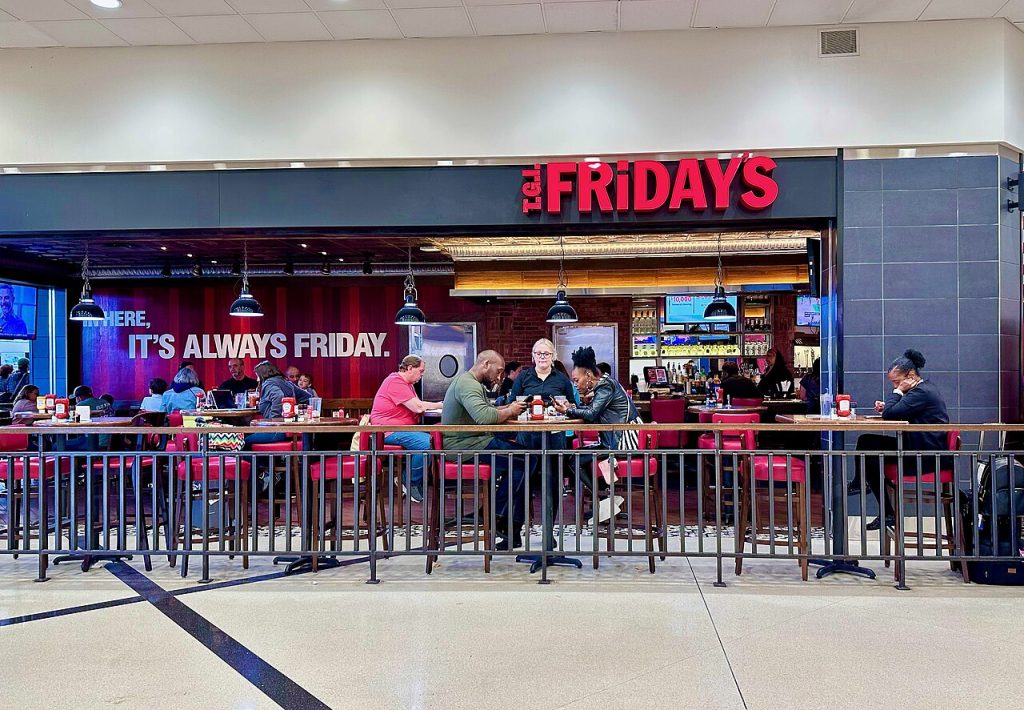
Inflation, stagnant wages, and rising living costs have eroded the purchasing power of middle-class consumers, making it harder for them to dine out as frequently. For restaurants like TGI Fridays, rising costs for food, labor, and other operating expenses have slashed profit margins. Moreover, the recent spike in interest rates has made it more difficult for companies to manage their debt, putting added pressure on an already struggling business.
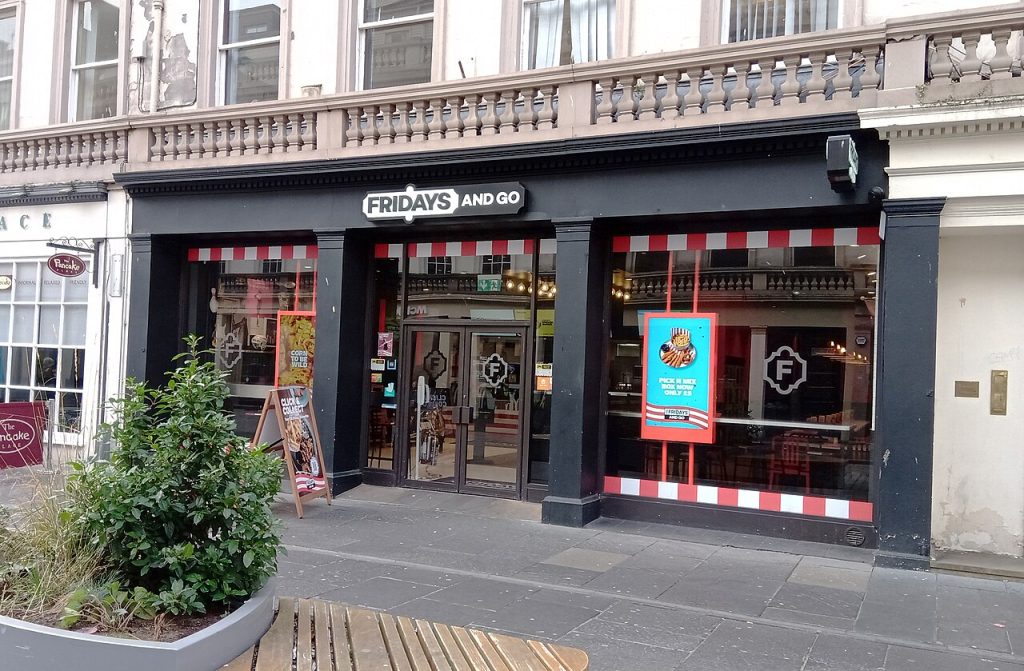
Adding to the challenges is the growing wealth inequality in the U.S. As more wealth becomes concentrated in the hands of the top 1%, businesses that cater to the middle class are facing diminishing returns. Wealthier consumers are more likely to frequent premium dining establishments, while those with tighter budgets are cutting back on discretionary spending like eating out. This leaves chains like TGI Fridays caught in the middle, struggling to appeal to both ends of the economic spectrum.

Earlier in 2024, the chain abruptly closed 36 underperforming restaurants, offering employees the option to transfer to other locations. Across the Atlantic, the UK franchise operator went into administration in late 2023, leading to numerous location closures and job losses. By October 2024, reports surfaced that TGI Fridays was seeking financing to avoid bankruptcy, with rising interest rates and heavy debt cited as the primary obstacles to its survival.
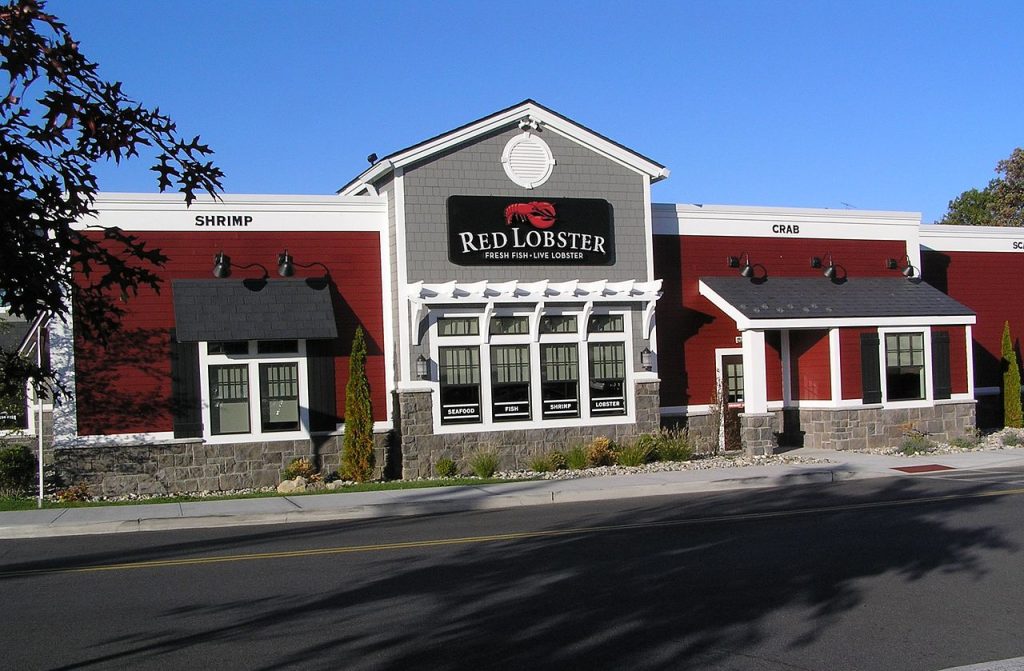
The possible bankruptcy of TGI Fridays mirrors a wider trend in the casual dining industry. Many brands that rely on middle-class spending are finding it increasingly difficult to stay profitable, Red Lobster was the headliner this year. With consumers feeling the squeeze of inflation and rising living expenses, casual dining chains are losing ground to more affordable options or high-end dining experiences that better appeal to wealthier customers.
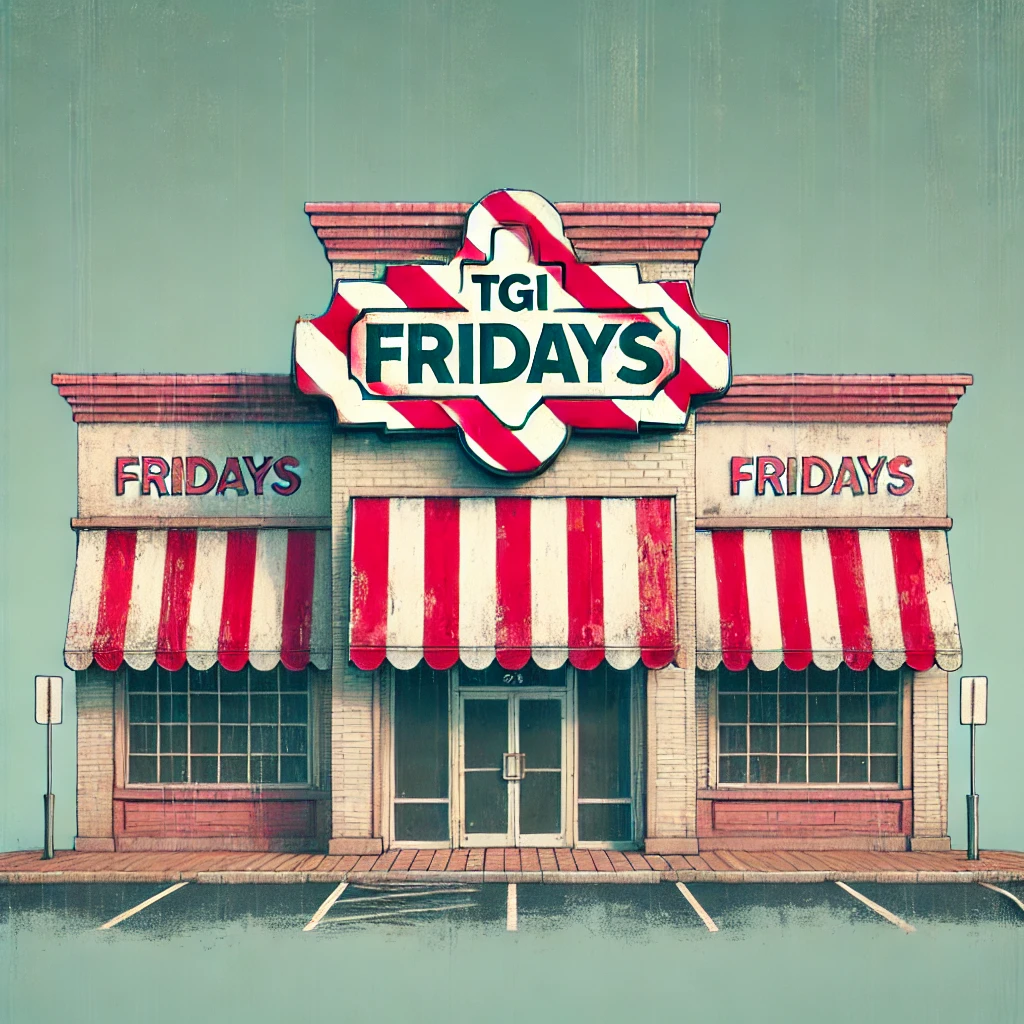
TGI Fridays’ potential bankruptcy is a stark reminder of how economic shifts are reshaping the restaurant industry and the broader business landscape. As the wealth gap continues to grow and middle-class spending power erodes, iconic brands that once thrived in a more balanced economy are now struggling to adapt. The challenges faced by TGI Fridays reflect the broader difficulties of navigating a world where economic inequality is increasingly polarizing consumer behavior.

